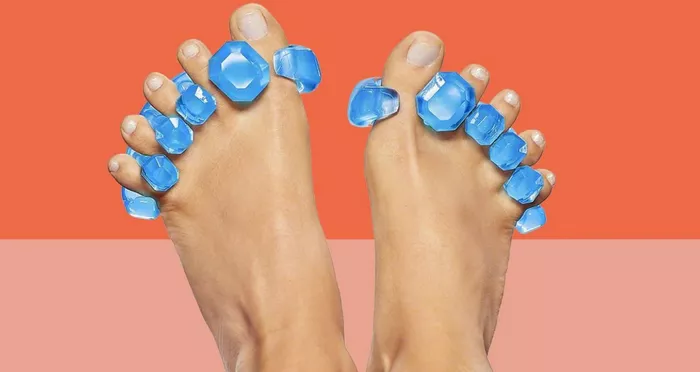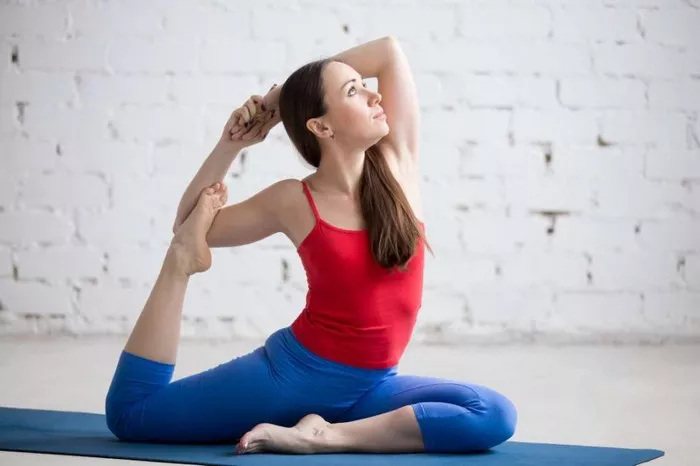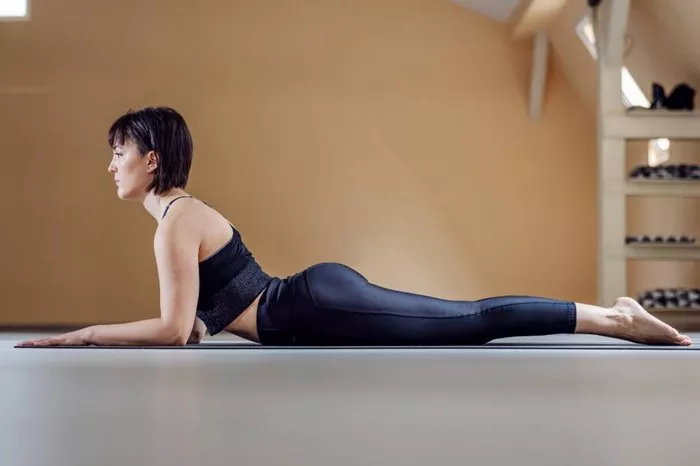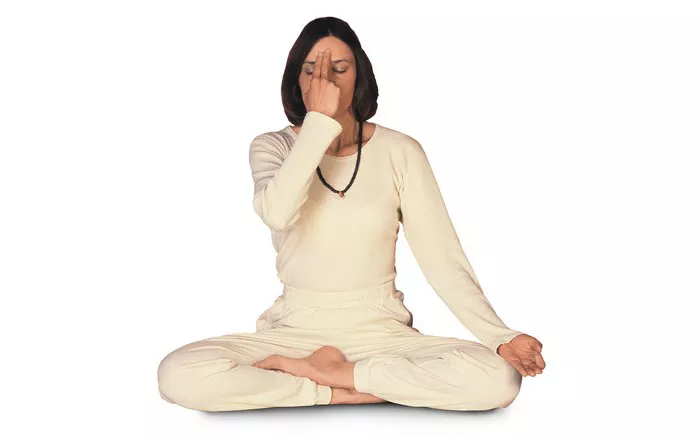Depression, a pervasive mental health condition, affects millions of people worldwide. The emotional, physical, and psychological toll it takes on an individual can lead to a decline in quality of life, disrupting daily activities, relationships, and overall well-being. While conventional treatments such as therapy and medication are often effective, many people turn to complementary practices like yoga to help manage their depression. Yoga is a holistic approach to health that combines breathwork, physical postures, and meditation to nurture the mind and body.
In this article, we’ll explore how yoga can alleviate symptoms of depression and which types of yoga are most beneficial for those struggling with this condition. Yoga’s potential to reduce stress, improve mood, and foster mindfulness makes it a promising tool for managing depression. We’ll dive into the different types of yoga that are especially effective for depression, supported by research and expert insights. By the end of this article, you’ll have a clearer understanding of how yoga can support mental health and how you can incorporate it into your healing journey.
Understanding Depression and Yoga’s Role
Before diving into specific yoga practices, it’s important to understand the connection between depression and yoga. Depression is characterized by persistent feelings of sadness, hopelessness, and a lack of interest in activities that once brought joy. It can also cause physical symptoms such as fatigue, changes in appetite, difficulty sleeping, and impaired concentration. The causes of depression are multifactorial, including genetic, environmental, and psychological factors.
Yoga, as a mind-body practice, can provide significant relief from depression. Scientific studies have shown that yoga can:
Reduce Stress and Anxiety: Yoga helps in lowering cortisol levels (the stress hormone), which are often elevated in people experiencing depression. By practicing mindfulness and focusing on the breath, yoga can stimulate the parasympathetic nervous system, promoting relaxation and reducing anxiety.
Increase Serotonin Levels: Certain yoga postures and deep breathing exercises can trigger the release of serotonin, a neurotransmitter responsible for mood regulation. Higher serotonin levels are often associated with improved mood and a sense of well-being.
Regulate the Nervous System: Yoga helps balance the autonomic nervous system, which controls involuntary bodily functions such as heart rate and digestion. A well-regulated nervous system is less prone to the extreme fluctuations often seen in depression.
Promote Mindfulness: Yoga encourages mindfulness, a state of being fully present in the moment. By practicing mindfulness through movement and breath, individuals with depression can break the cycle of negative thought patterns and rumination.
Build Physical Strength and Flexibility: Physical activity is known to release endorphins, the body’s natural mood-boosting chemicals. Yoga helps improve physical fitness, strength, and flexibility, contributing to better overall well-being.
Key Types of Yoga for Depression
There are many different styles of yoga, each offering unique benefits. However, some styles are particularly beneficial for managing depression. These include Hatha Yoga, Vinyasa Yoga, Kundalini Yoga, Restorative Yoga, and Yin Yoga. Let’s explore these styles in detail and discuss how they can help alleviate depression.
1. Hatha Yoga
Overview: Hatha Yoga is one of the most well-known and widely practiced forms of yoga. It involves a series of slow-paced physical postures (asanas), breathwork (pranayama), and meditation. The emphasis is on creating balance in the body and mind through physical movement, breathing exercises, and focused awareness.
How It Helps Depression: Hatha Yoga offers a gentle and accessible approach to yoga, making it an ideal starting point for beginners, especially those who may not be in optimal physical condition due to depression. By integrating breath control with movement, Hatha Yoga helps activate the parasympathetic nervous system, which promotes relaxation and reduces stress.
Regular practice of Hatha Yoga can help improve posture, release tension in the body, and boost mood. The physical postures gently open up the body, especially the chest, heart, and shoulders, which are areas that can hold emotional tension. Through this gentle release, individuals may experience emotional catharsis, leading to a greater sense of emotional freedom and well-being.
Recommended Poses for Depression:
Mountain Pose (Tadasana): Helps ground and center the body, fostering a sense of stability.
Child’s Pose (Balasana): A calming pose that encourages introspection and helps release tension.
Cat-Cow Pose (Marjaryasana-Bitilasana): Promotes spinal flexibility and relieves stress.
Standing Forward Fold (Uttanasana): A great pose for releasing tension in the back and calming the mind.
2. Vinyasa Yoga
Overview: Vinyasa Yoga is a dynamic form of yoga that links breath with movement. Unlike the slower pace of Hatha Yoga, Vinyasa is more fluid and involves a continuous flow of postures. Each movement is synchronized with an inhale or exhale, creating a rhythm that cultivates mindfulness and presence.
How It Helps Depression: Vinyasa Yoga’s fast-paced flow of movements can be highly therapeutic for individuals dealing with depression, especially if they are looking for a more energizing practice. The synchronization of breath with movement helps regulate the nervous system and focuses the mind, providing a break from the overwhelming thoughts associated with depression.
The physical exertion involved in Vinyasa Yoga also boosts endorphins and serotonin levels, creating a natural mood lift. The dynamic nature of the practice can help individuals break free from feelings of lethargy and apathy, which are common symptoms of depression.
Recommended Poses for Depression:
Downward Dog (Adho Mukha Svanasana): A full-body stretch that releases tension and invigorates the mind.
Warrior I (Virabhadrasana I): A powerful pose that builds strength and confidence.
Chaturanga Dandasana: A core-strengthening pose that encourages focus and mental clarity.
Cobra Pose (Bhujangasana): Opens the chest and heart area, which can help combat feelings of sadness or emotional heaviness.
3. Kundalini Yoga
Overview: Kundalini Yoga is a spiritual and energetic form of yoga that aims to awaken the dormant energy at the base of the spine (called Kundalini). Through the combination of breathwork, chanting (mantras), physical postures, and meditation, Kundalini Yoga seeks to awaken higher consciousness and achieve spiritual enlightenment.
How It Helps Depression: Kundalini Yoga is particularly beneficial for those seeking a deeper connection between their physical, emotional, and spiritual selves. This practice uses specific kriyas (sets of postures and breath techniques) designed to release energy blockages and stimulate the flow of prana (life force energy) throughout the body.
For individuals with depression, the practice can help release emotional blockages stored in the body, promoting emotional healing. The chanting and breathwork help to center the mind and elevate mood, while the physical postures energize the body. Kundalini Yoga is also deeply spiritual, which can offer individuals a sense of purpose and meaning when they are struggling with feelings of hopelessness.
Recommended Practices for Depression:
Breath of Fire (Kapalbhati Pranayama): A powerful breathing technique that stimulates energy and boosts mood.
Sat Kriya: A rhythmic movement that activates the sacral chakra and releases stored emotions.
Meditation with Mantras: Helps to focus the mind, calm the nervous system, and reduce anxiety.
4. Restorative Yoga
Overview: Restorative Yoga is a gentle, calming practice that focuses on relaxation and healing. In this style, postures are held for extended periods (typically 5-10 minutes) with the help of props such as blankets, blocks, and bolsters. The goal is to deeply relax the body and mind, allowing for deep rest and restoration.
How It Helps Depression: Restorative Yoga is highly beneficial for individuals with depression who are experiencing fatigue, stress, or emotional overwhelm. The long-held, supported poses help activate the parasympathetic nervous system, which promotes relaxation and reduces the effects of chronic stress.
The practice encourages self-compassion and deep relaxation, helping to release emotional tension and restore a sense of balance. It is also incredibly effective in reducing physical symptoms of depression, such as insomnia and muscle tightness, by promoting restorative rest and relaxation.
Recommended Poses for Depression:
Supported Child’s Pose (Salamba Balasana): A comforting and grounding pose that fosters deep relaxation.
Supported Savasana (Corpse Pose): A pose of complete relaxation that allows the body and mind to integrate the benefits of the practice.
Reclining Bound Angle Pose (Supta Baddha Konasana): Opens the chest and hips, relieving tension and promoting emotional release.
5. Yin Yoga
Overview: Yin Yoga is a slow-paced style of yoga that involves holding passive postures for extended periods, typically 3-5 minutes. This practice targets the deep connective tissues (such as ligaments and fascia) and aims to improve flexibility and joint mobility.
How It Helps Depression: Yin Yoga helps individuals with depression by encouraging mindfulness and deep introspection. The long-held postures create space for the practitioner to become more aware of their thoughts and emotions, facilitating emotional release and healing.
The meditative nature of Yin Yoga helps break the cycle of negative thinking by teaching practitioners to observe their thoughts without judgment. It is also beneficial for promoting a sense of calm and reducing anxiety.
Recommended Poses for Depression:
Reclining Butterfly Pose (Supta Baddha Konasana): Opens the hips and heart, allowing for emotional release.
Sphinx Pose: A gentle backbend that helps open the chest and stimulate energy flow.
Caterpillar Pose (Paschimottanasana): A forward fold that stretches the spine and calms the nervous system.
Conclusion
Incorporating yoga into your mental health regimen can be an effective tool in managing depression. Different styles of yoga offer distinct benefits, ranging from the calming and restorative effects of Hatha and Restorative Yoga to the energizing and mood-boosting qualities of Vinyasa and Kundalini Yoga. Yin Yoga, with its focus on mindfulness and deep introspection, provides an excellent opportunity to explore and release pent-up emotions.
However, it’s important to remember that yoga is not a substitute for professional medical treatment. While it can be an incredibly valuable complement to therapy and medication, individuals with depression should always seek the guidance of a healthcare professional to create a comprehensive treatment plan.
As you embark on your yoga journey, it’s important to find a practice that resonates with you and feels supportive of your mental health. Whether you are looking for a gentle, relaxing practice or a more dynamic, energizing experience, yoga can be a powerful tool for fostering emotional healing and cultivating a sense of balance and well-being.
Related Topics:






















